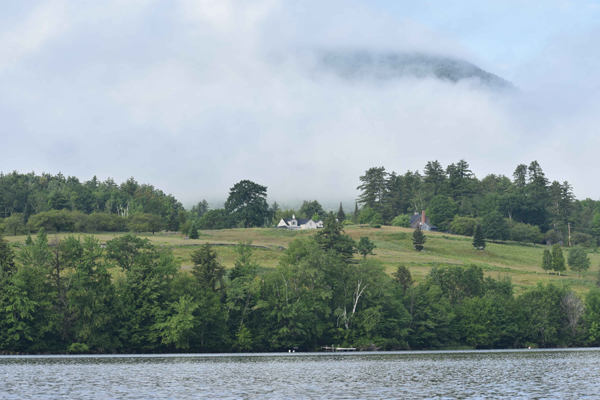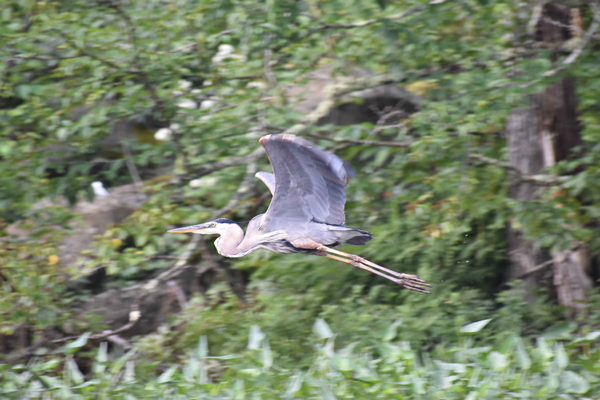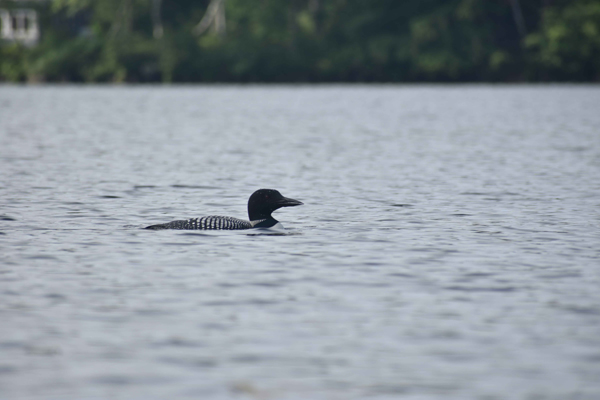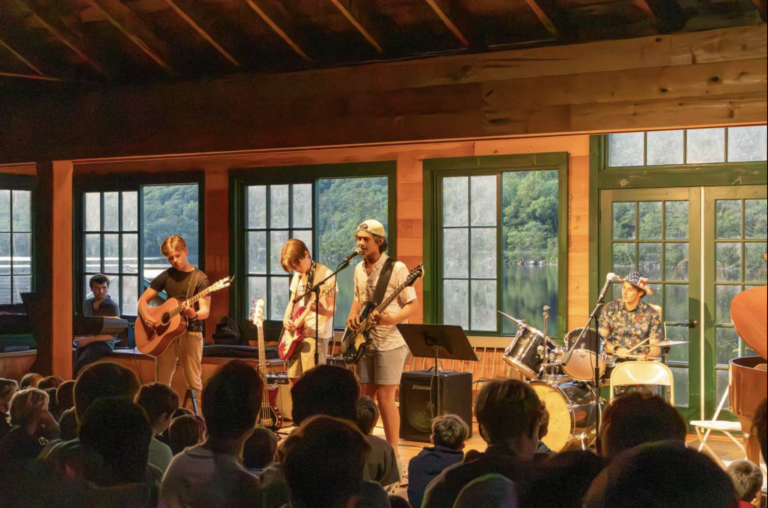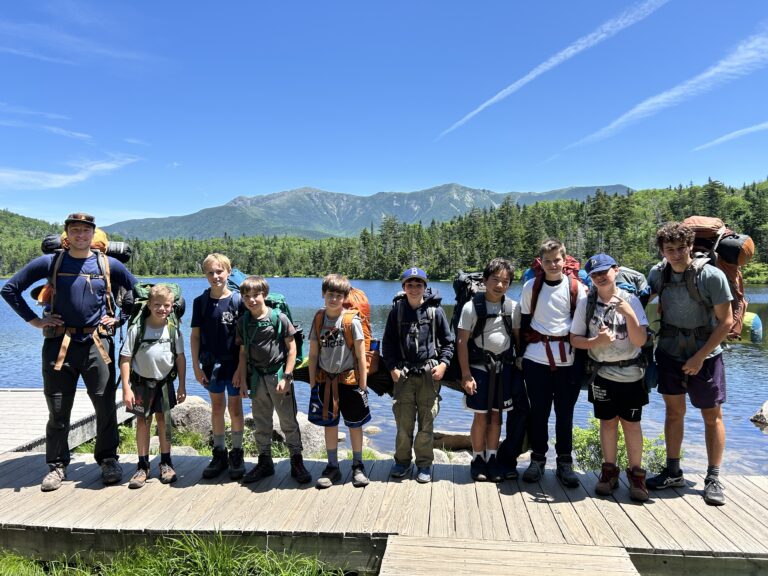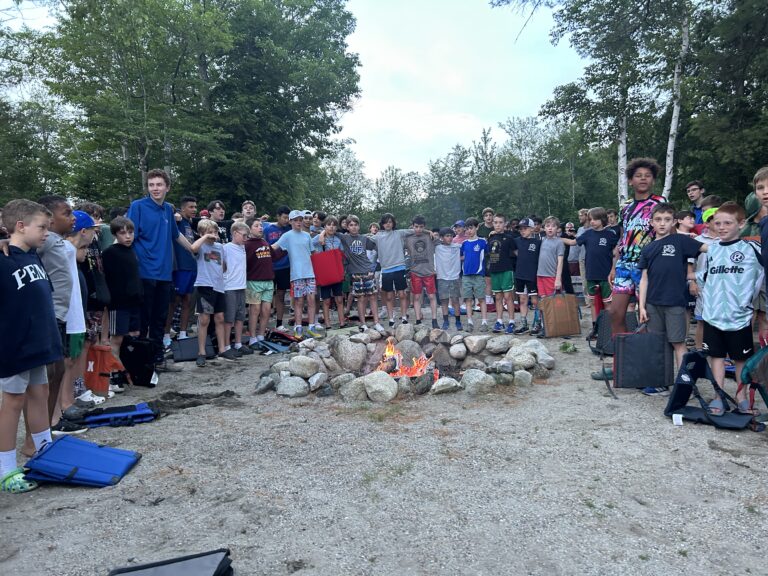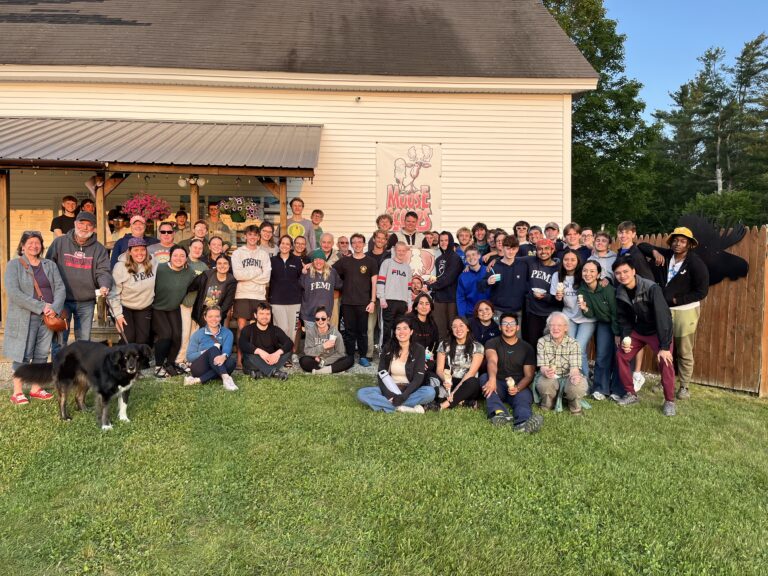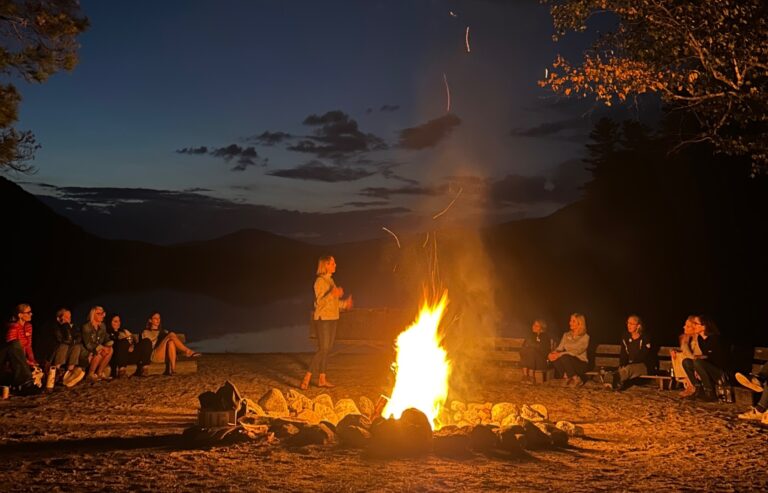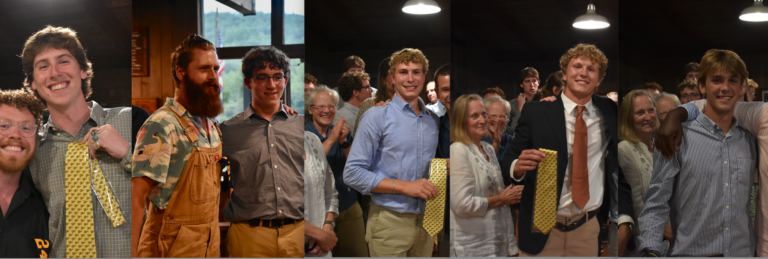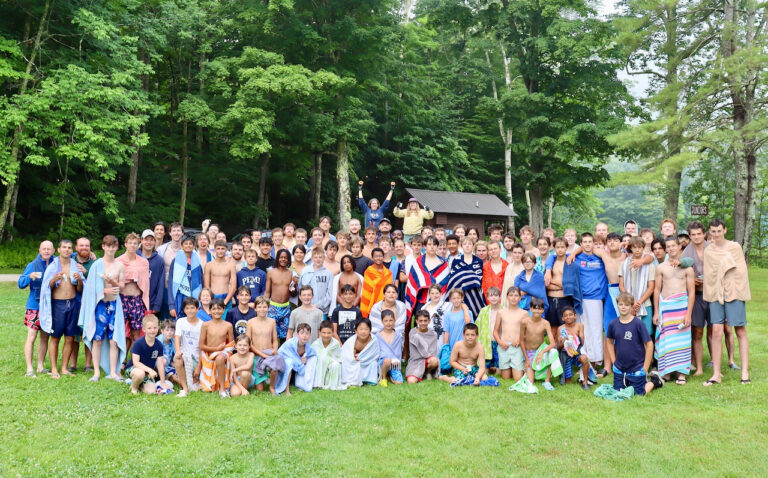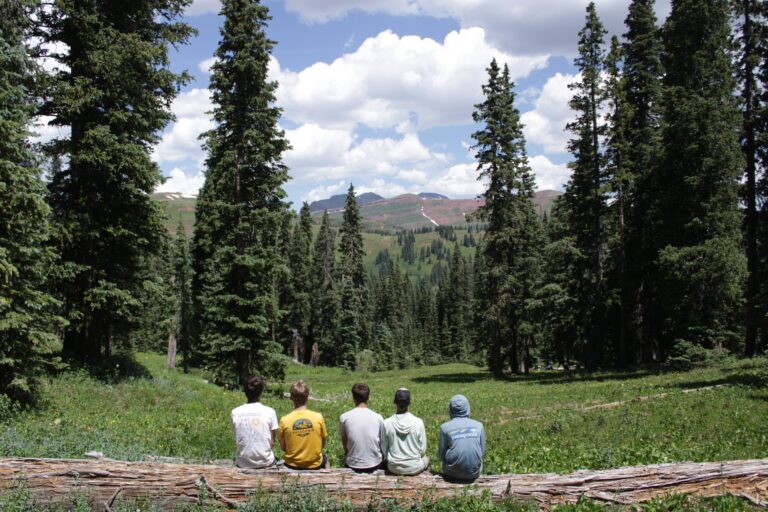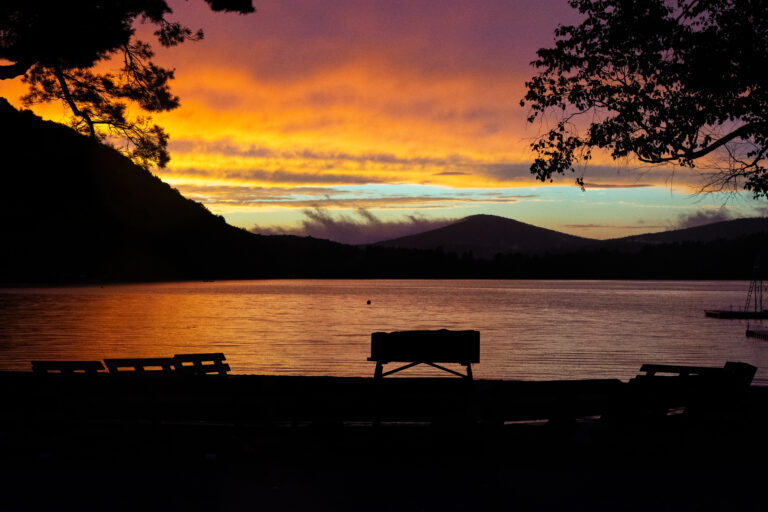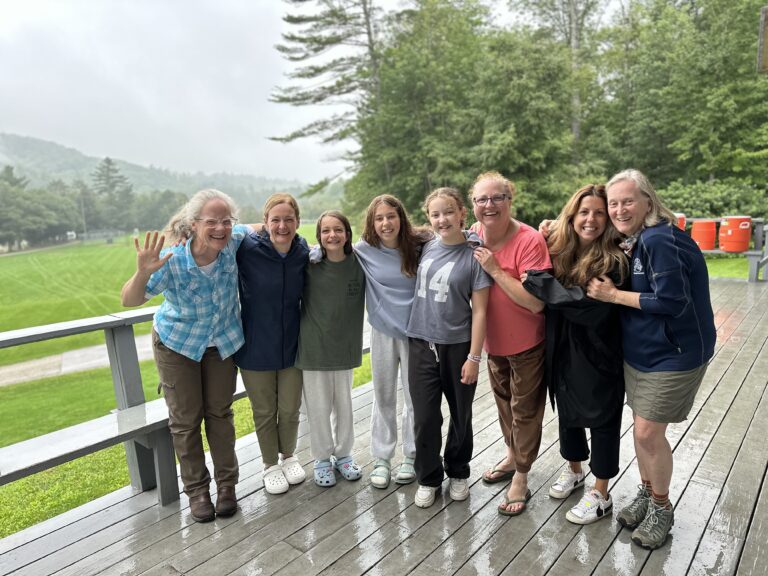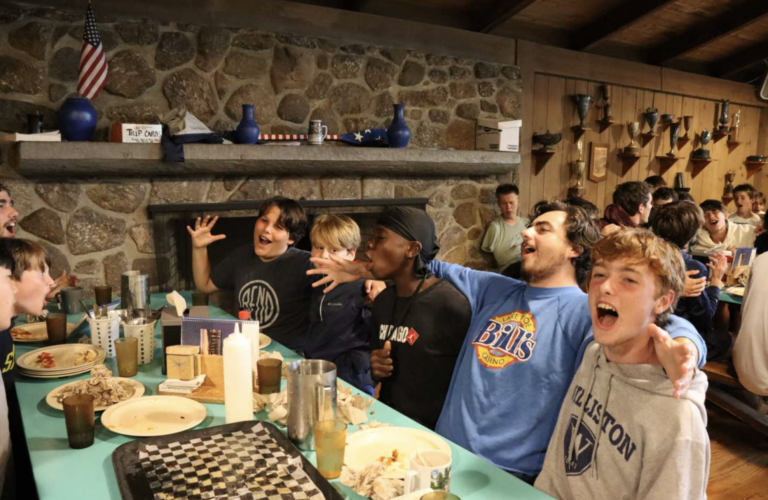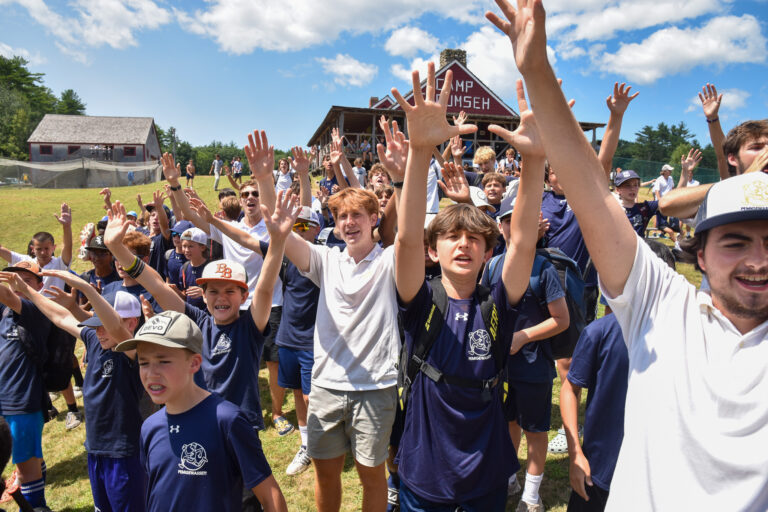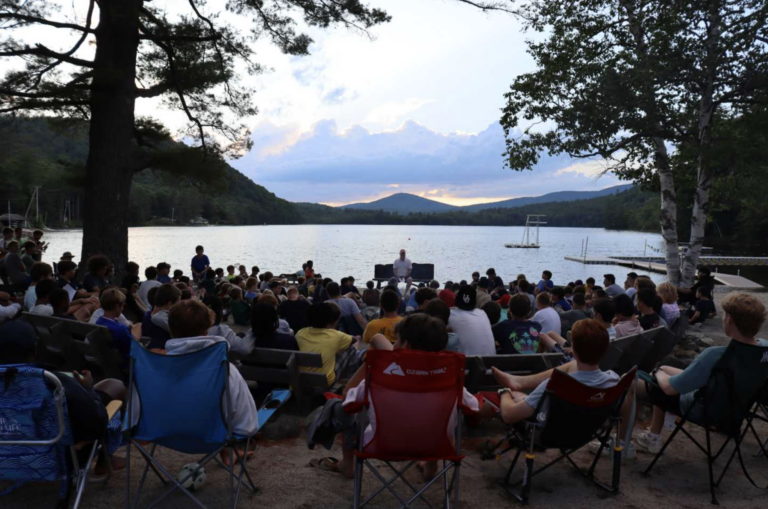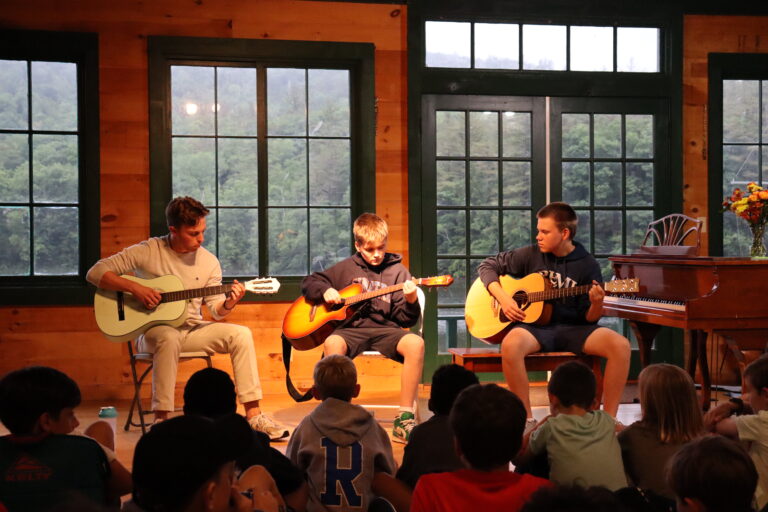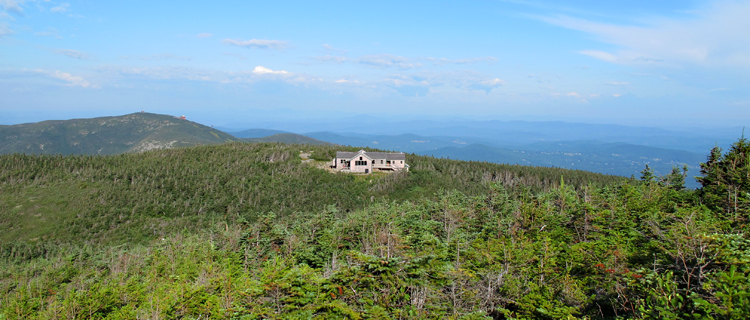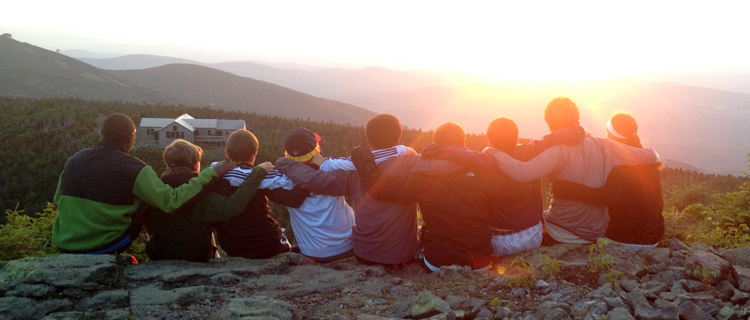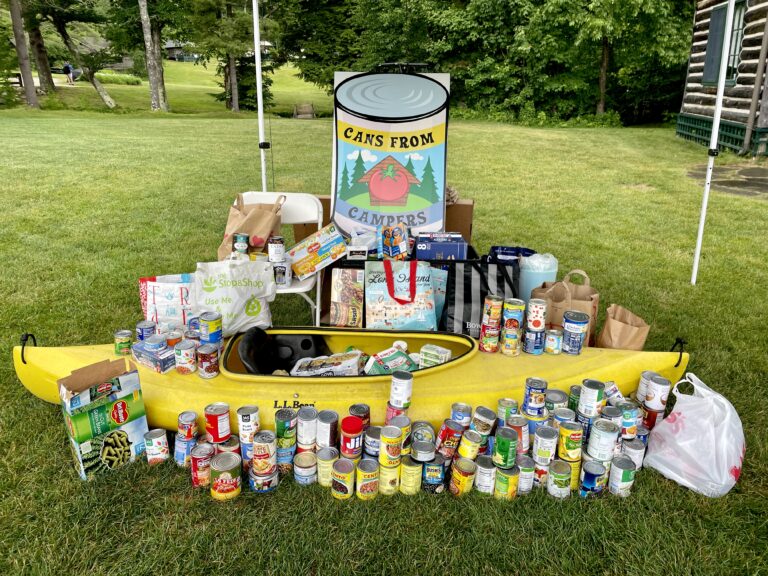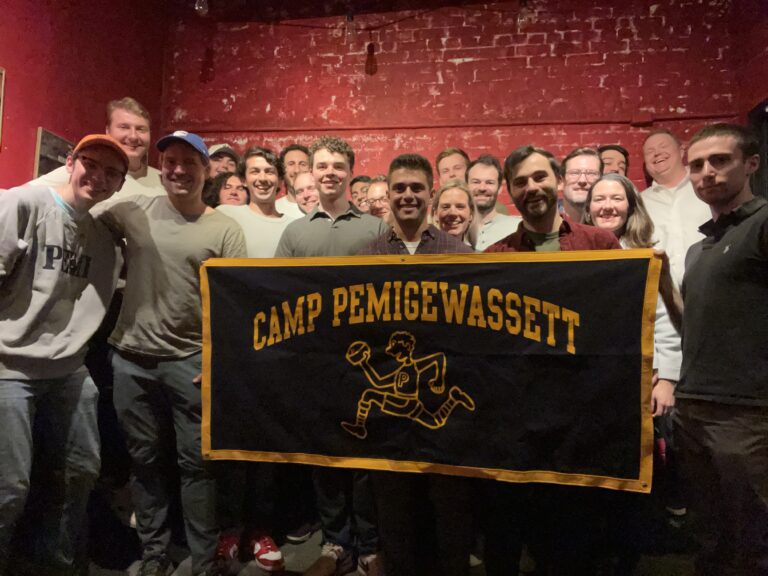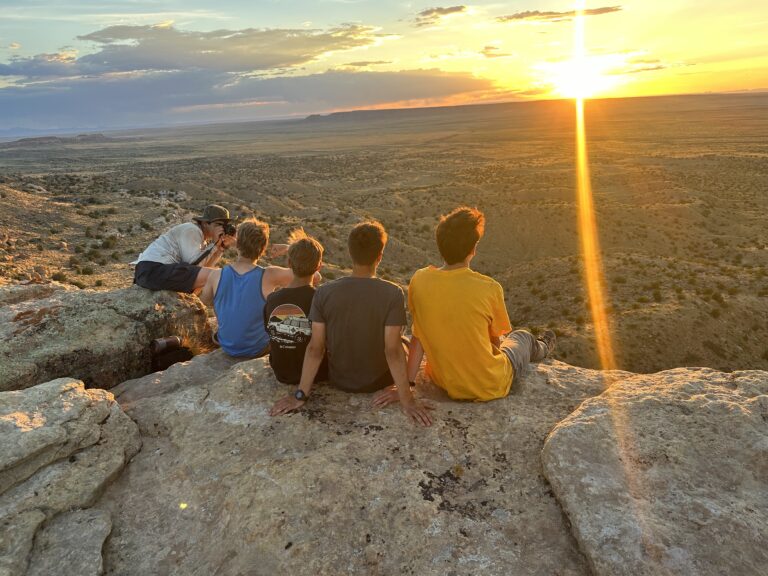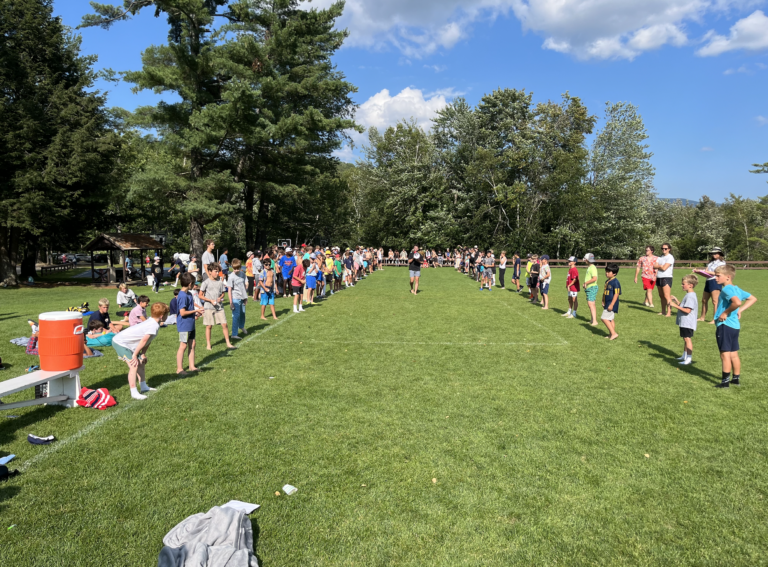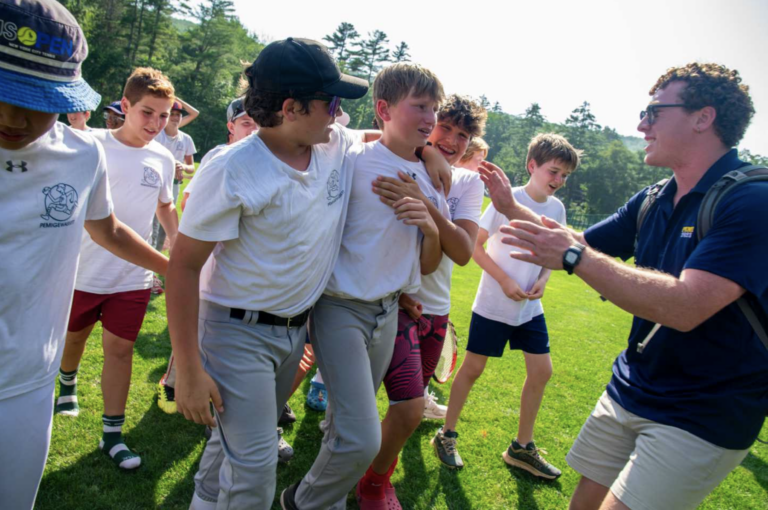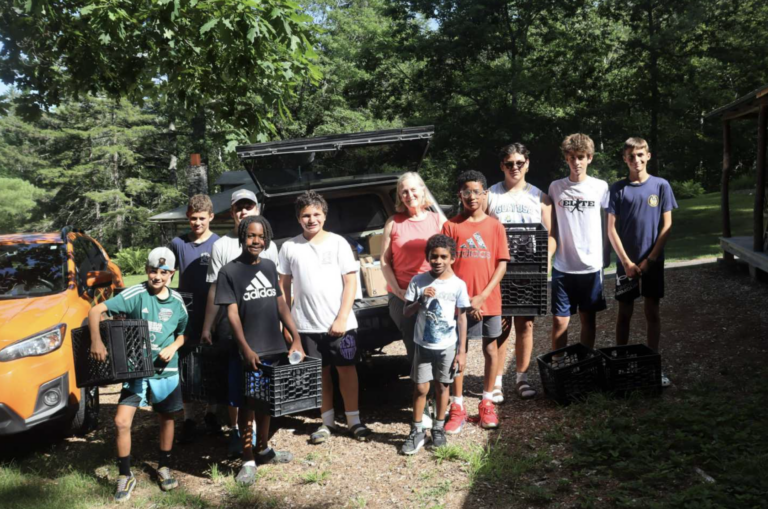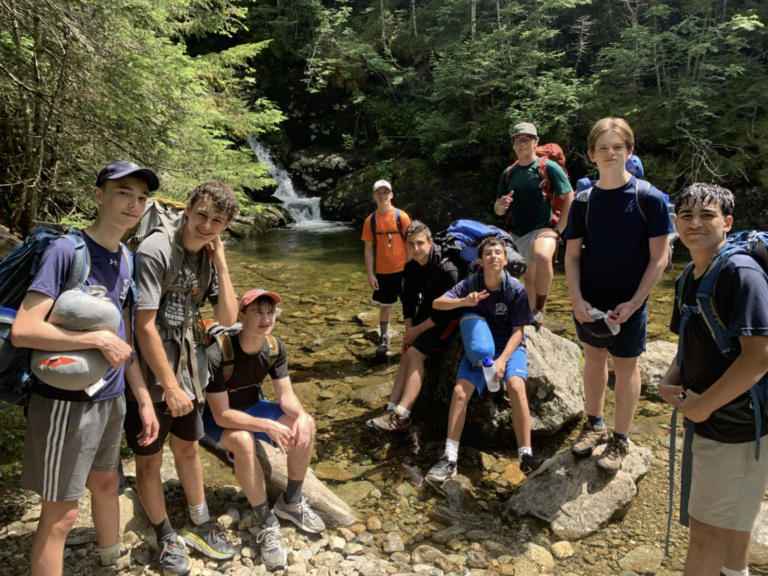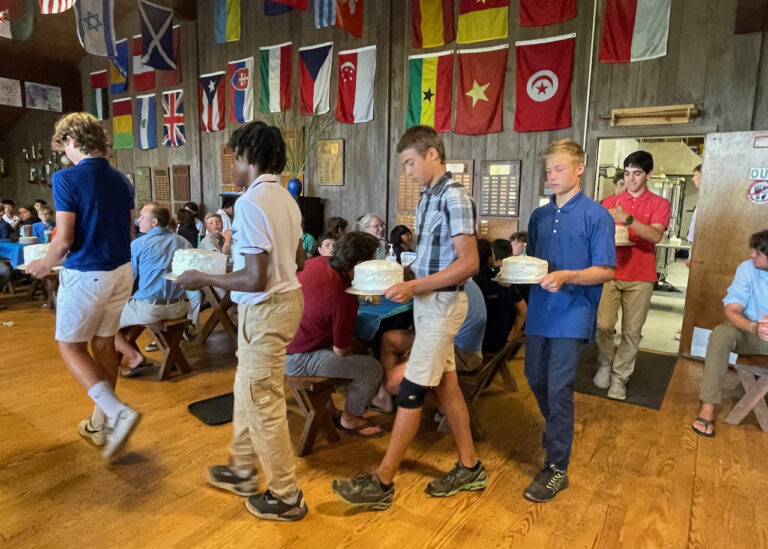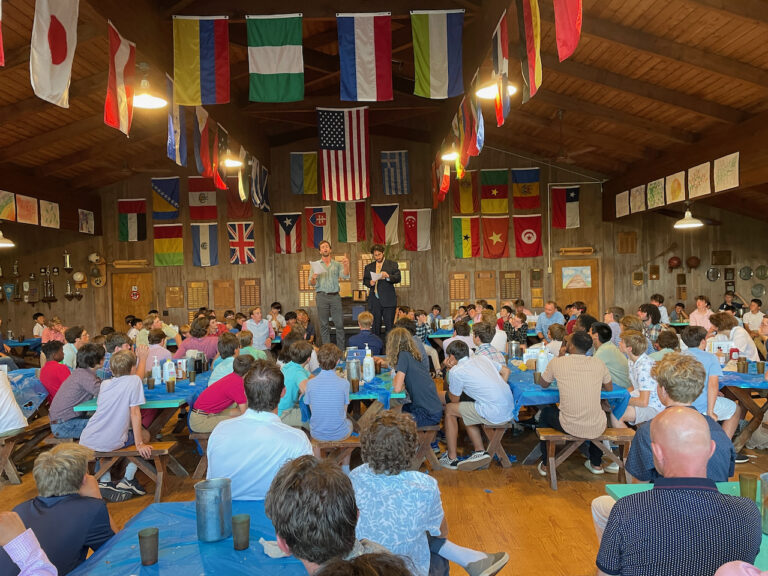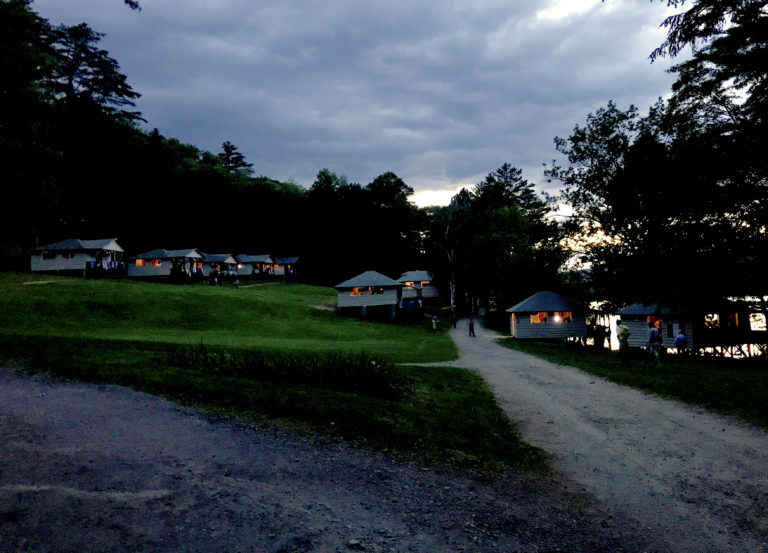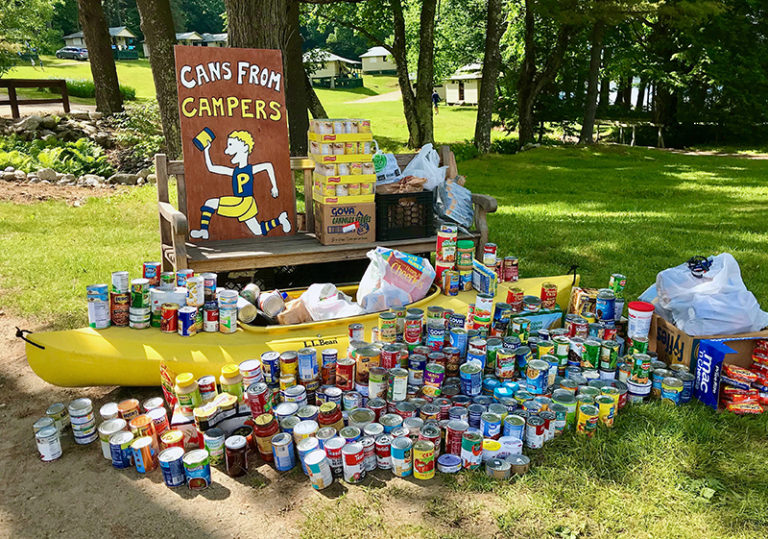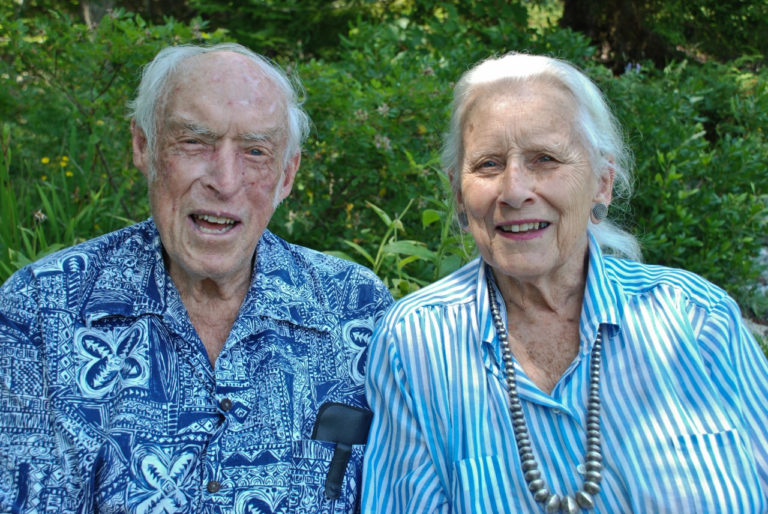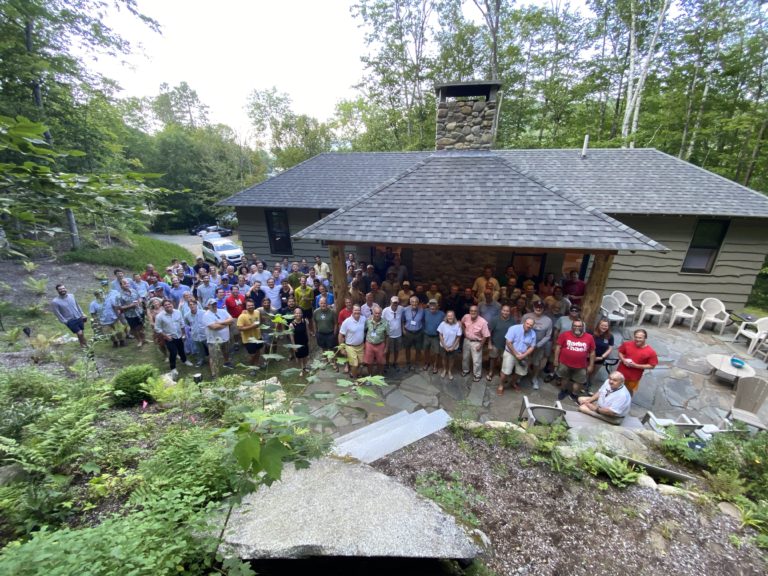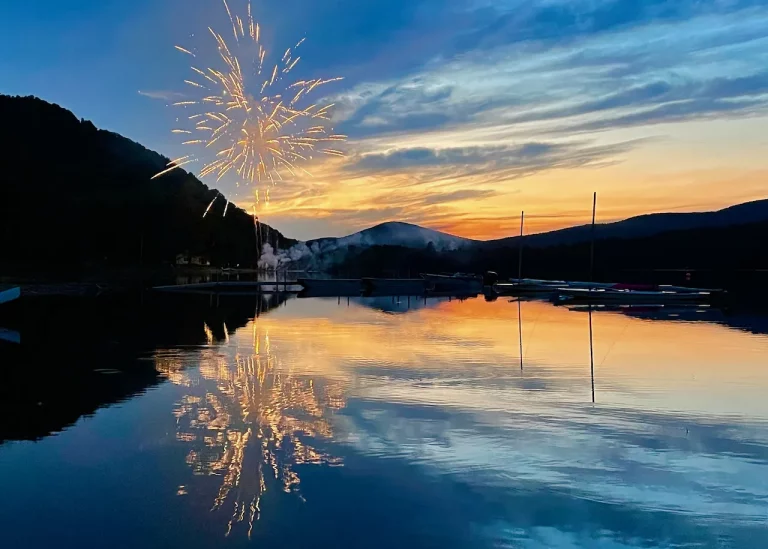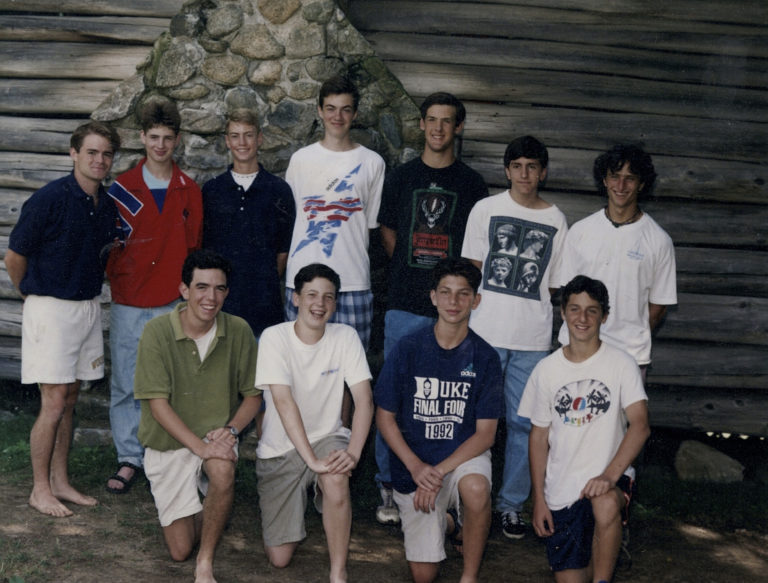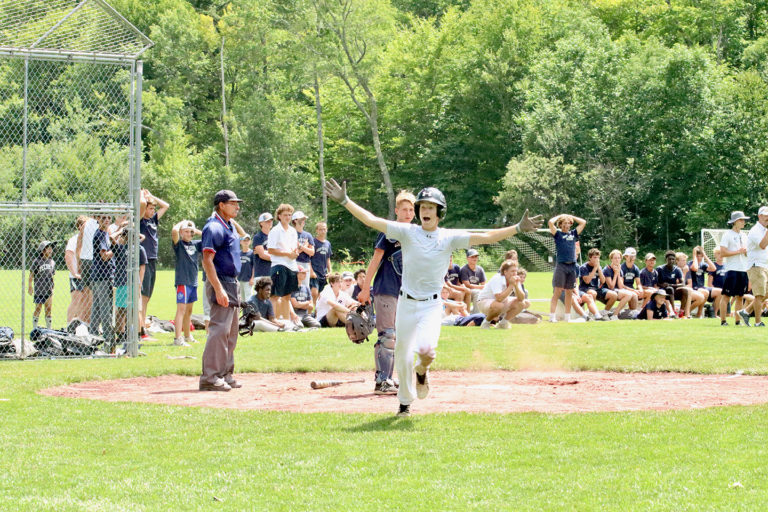- Camp Pemigewassett
- Education at Pemi
- Nature
- Newsletters 2017
- Photography
A Week in the Nature Program
The following comes from the desk of Larry Davis, now in his 48th summer of overseeing Pemi’s nationally-renowned Nature Program…
Nature is one of four program areas at Pemi (the others are Athletics, Trips, and Music and the Arts). But what exactly do we do? Well, of course there is formal instruction that takes place during morning occupations, but there is much, much more. In fact, we operate from Reveille in the morning until, sometimes, after taps at night. Here’s a look at a typical week (week 3 of summer 2017) in the nature program.
Instructional Activities
Instructional activities are the heart of our teaching program. Each week we offer 14-16 different ones. Over the course of a summer, we might offer as many as 35 or so. Some, such as Beginning Butterflies and Moths, might appear every week, others, such as Aquatic Insects, might occur only once. During Week 3, we had a visiting professional, Chase Gagne, join our nature staff for the week. Chase is an insect expert and so we were able to take advantage of his being here and offer Aquatic Insects, along with an Insect Ecology occupation that looked at some of the research questions that he is working on in his graduate program at the University of Maine. Here are brief descriptions of Week 3’s offerings. Last year’s (2016) nature newsletter has more detailed discussions of some of these.
Beginning Butterflies and Moths
What is an insect? What are the differences between butterflies and moths? Basic butterfly and moth life history and ecology. How to capture, pin and preserve butterflies and moths. We asked visiting professional Chase Gagne to teach this so the boys in the occupation could be exposed to the way an entomologist “operates.”
Insect Ecology
Role of insects in the overall ecosystem. Different “lifestyles” of insects. Invasive insects and the problems that they cause. Techniques for conducting insect ecology research. Taught by visiting professional Chase Gagne. We included two members of our full-time nature staff in this occupation and in the one that follows so that they could learn too and then include the information in their own teaching later in the summer.
Aquatic Insects
Types of aquatic insects, their life histories and ecology. Techniques for capturing and preserving aquatic insects. Insects that spend their entire life in the water and ones that only spend part of their life cycle there. Taught by visiting professional Chase Gagne.
Ponds and Streams
Lakes and streams and their inhabitants. Fish, bottom dwellers, insects, etc. Life history of a lake. Exploration of our streams, our lake, and our marsh.
Beginning Rocks and Minerals
An introduction to geology. Rock types, rocks and minerals, mineral identification, rock identification, assembling and labeling a collection. Minerals used in our daily lives. Pemi geology, New Hampshire geology, plate tectonics.
Advanced Rocks and Minerals
Rock cycle, mineral hardness and toothpaste ingredients (they actually make some toothpaste). Iron extraction from Total® cereal. Analysis of sand from around the world, rock stratigraphy, concrete “recipe” experiments, North American geology.
Nature Poetry
This was a brand new occupation for us. It was created and taught by nature staff members Scout Brink and Will Raduziner. Campers read some famous poems about nature including ones by Walt Whitman such as A Noiseless, Patient Spider and A Clear Midnight. Later in the week they tried their hand at writing their own.
Trees, trees with green leaves
Tall and small, both will fall.
But when they stand in a forest,
They create a canopy
-Henry Ravanesi
Mosses, Lichens, Fungi
This is an advanced occupation designed to introduce older campers to these fascinating, non-flowering plants, although fungi, as we find out, are not really plants, nor are lichens, which are combinations of algae and fungi. Most of the occupation takes place in the field, with hand lenses. Mosses, especially, are everywhere that is even a little bit wet and campers can observe whole “forests” of them both in camp and on trips.
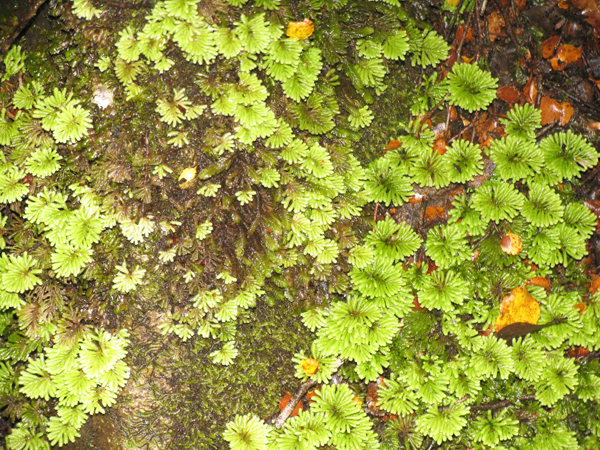
Environmental Sculpture
Scottish sculptor, Andy Goldsworthy popularized this form of art. We have all his books in the nature library and campers really enjoy looking at his amazing creations. In this occupation, they get to use their imaginations to create their own environmental sculptures. It is a quiet activity that rewards both observation and creativity. It is a good example, along with nature photography, nature poetry, and nature drawing, of a hybrid activity that fuses nature and the arts.
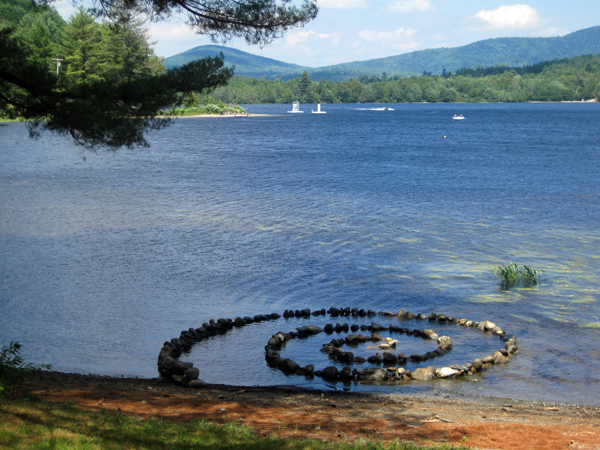
Junior Nature Book
A plant book for juniors and candidates for the Brave and Chief awards. It includes 55 plants that are common in our area. We collect leaves, nuts, bits of bark, and so on. Juniors must complete the book as part of the Junior Brave award. For the Brave and Chief awards, candidates must be able to recognize and identify all 55 plants in the field.
Nature Drawing
Drawing and sketching of “natural” scenes: landscapes, plants, animals.
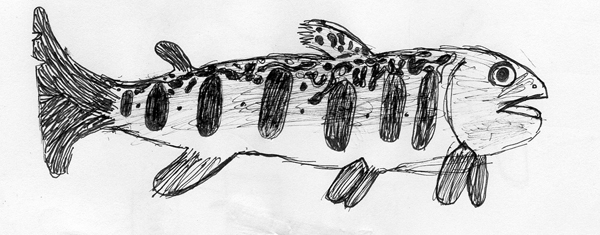
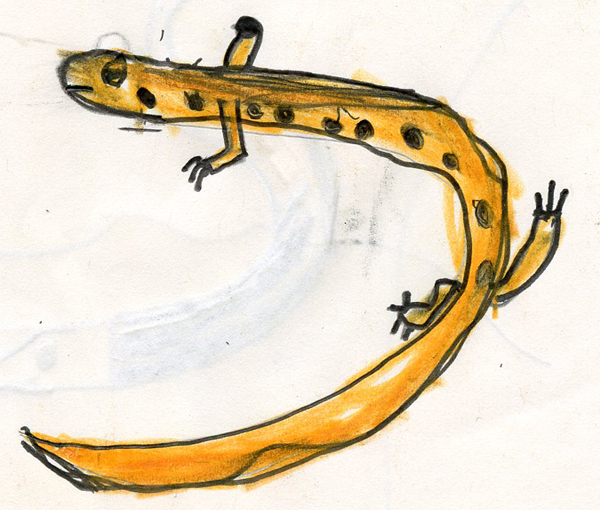
Plant Survivors
Photosynthesis, the “plumbing” of a tree, plant adaptations for: obtaining food, water, gasses; defense; pollination processes; seed dispersal.
Wild Foods
Wild plants and animals that may be used as regular and emergency food sources. Identification, collection and preparation (including jams and jellies from wild fruits).
Advanced Nature Photography
We teach both digital and darkroom nature photography at Pemi. This advanced occupation included campers who had already taken the beginning versions of either of these. During the week, the focus was on taking photographs in nature in a wide variety of settings. These are described (along with samples of the results) in the next section of the newsletter.
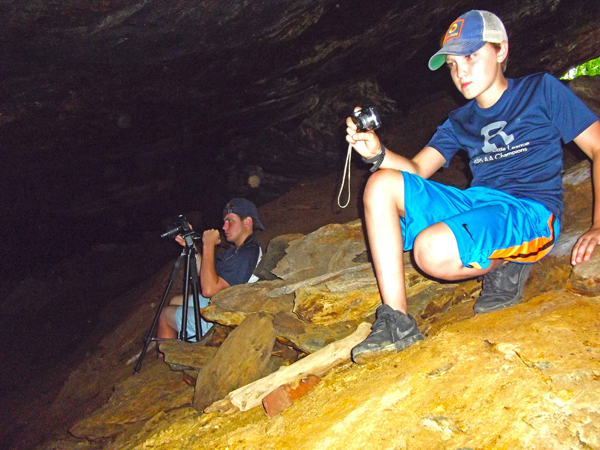
Standard Trips
During the course of a week, we take out frequent afternoon trips. Some are one-hour affairs to collect insects. Some, such as those to local mines, may last a couple of hours, and others might last through supper. Here are the trips that we took during week 3.
Palermo Mine
We are very fortunate that the owner of this world-famous mine allows us to visit and collect whenever we want. We even have a key to the gate. There are over 120 different minerals here, including 10-12 that occur nowhere else in the world. We generally visit once a week.

Advanced Nature Photography
During the week we took special, afternoon-long trips to several locations which offered our campers a variety of features and settings to photograph. These locations included:
Rumney Cliffs Boulders – This is a well-known rock climbing locality. During glacial times, the intense physical weathering caused huge boulders to tumble to the bottom of the cliffs. Not only are these scenic, but this is also an historical site as the Town of Rumney kept its colonial era animal pound here amongst them.
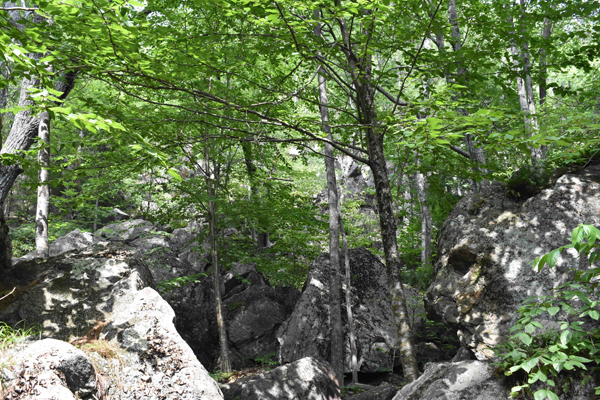
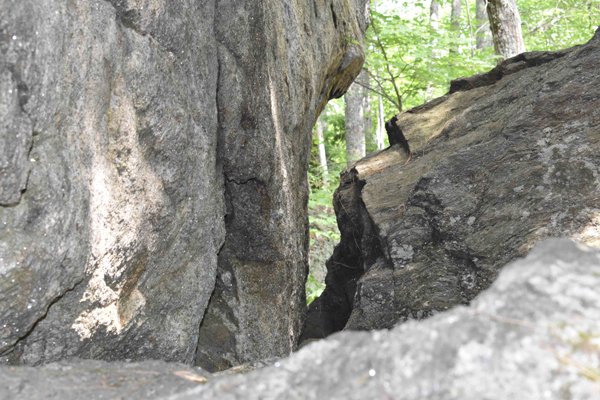
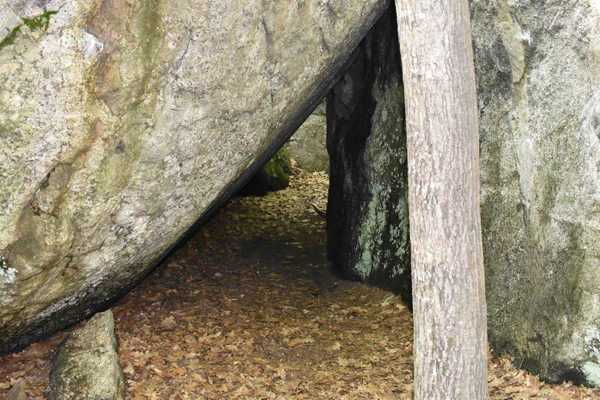
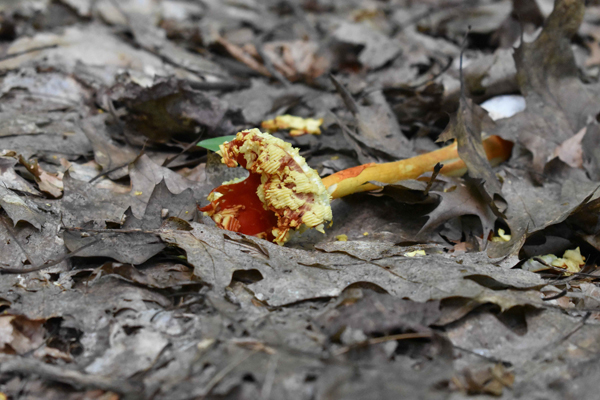
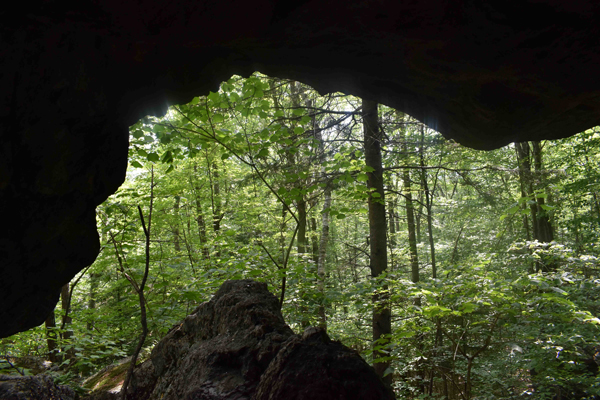
Ely Mine– This old copper mine (closed in 1905) is one of our mineral localities. However, it is also an excellent subject for photography. There is easy access to the old mine entrance, which presents the opportunity for “inside looking out” images; there are also old workings, ruins, and other interesting subjects to photograph.
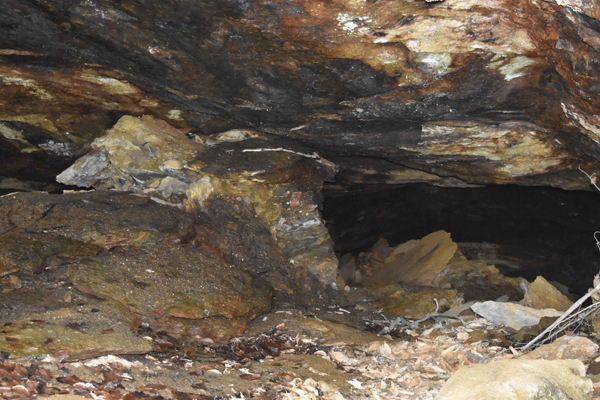
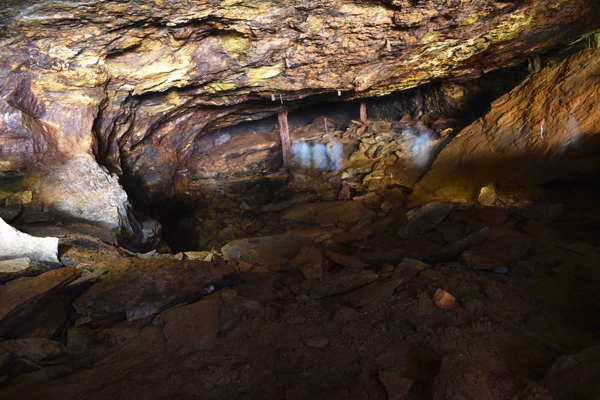
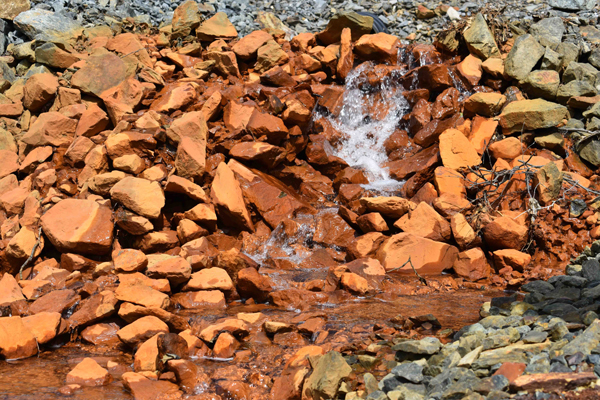
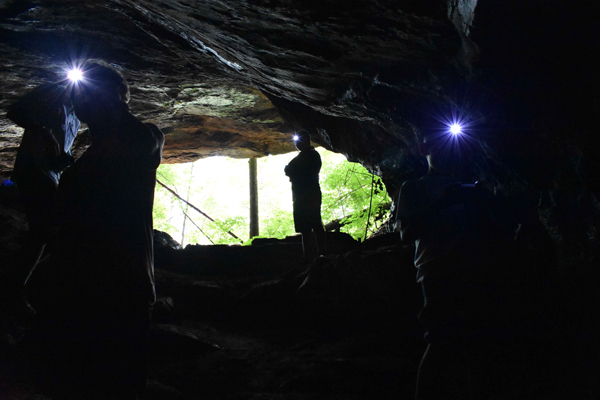
Schwaegler Property-The Schwaegler family (which includes alum Andy and current camper Paul) has kindly granted us permission to visit their land around Indian Pond. There are meadows, grasses, animal evidence (especially of small mammals), birds, insects, and grand landscapes here. All of these offer wonderful subjects for photography.
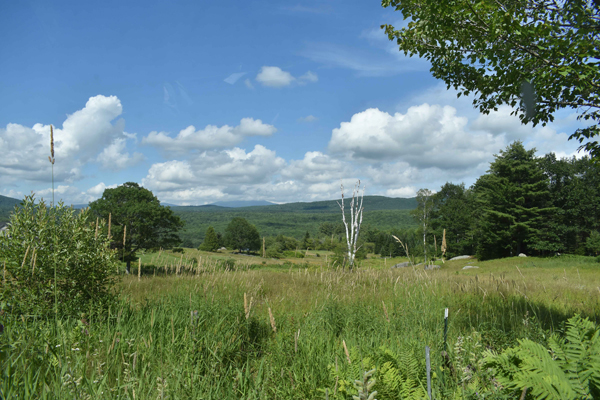
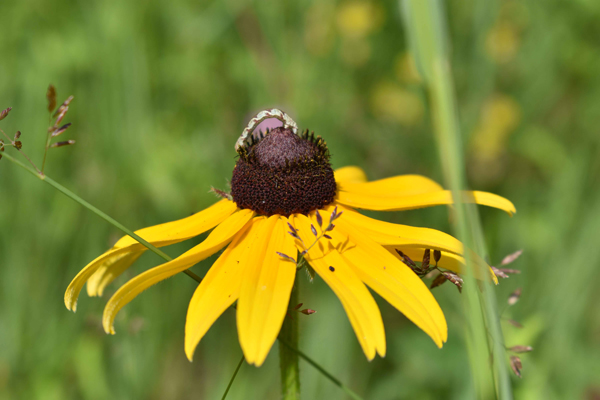
Spies Property – This is a location that we call “the two hundred”. It is 200+ acres of forest, brooks, waterfalls, meadows, and ancient sugar maples (150+ years old). The running water and waterfalls present our campers the opportunity to experiment with shutter speeds and depth of field. The forests, with their dappled light and shadow, present challenges for exposure. We are grateful to the Spies for granting us access.
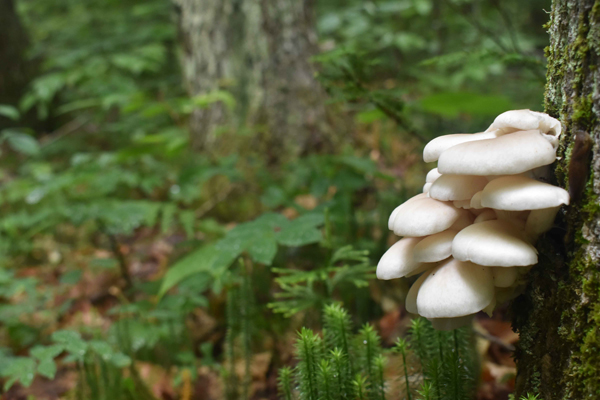
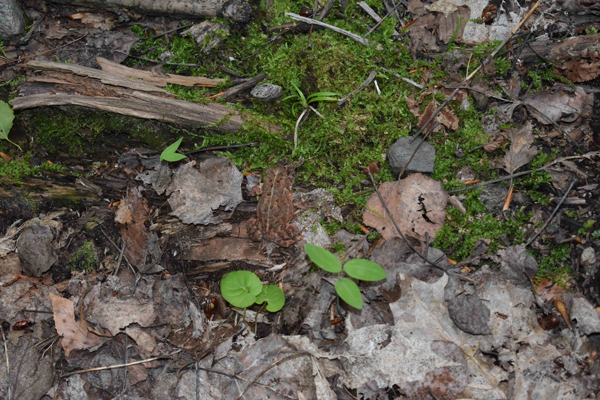
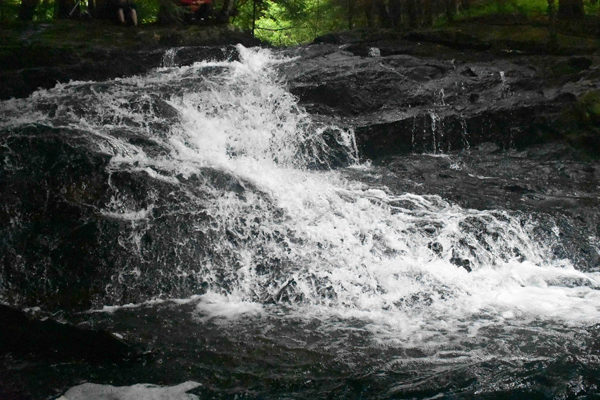
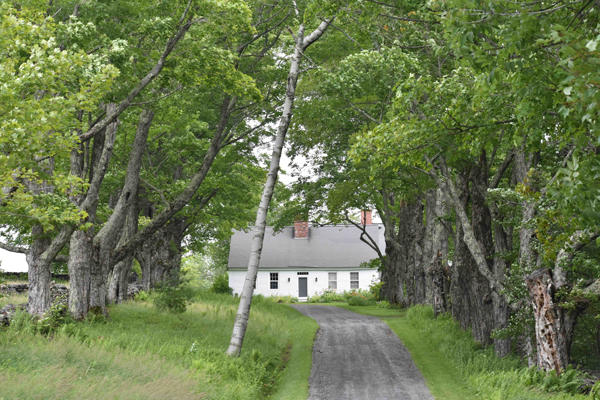
Scouting Trip for New Insect Collecting Localities
We are always looking for new places where we can view, photograph, and collect insects, wildflowers, and other plants. Recently, we were told about several areas that were new to us. Of course, before taking lots of campers there, we need to scout them out. So, Deb Kure and Nick Gordon (Staff) took three expert bug collectors, Will Ackerman, Luke Larabie, and Quinn Markham to check out a possible new locality. They got a good look at it and agreed that it would be perfect for 1-2 hour afternoon trips. Hurrah! We will take our first “official” trip this week.
Special Trips
Pemi has been taking caving trips (note: it’s “caving” and NOT “spelunking”) for almost 30 years. This area of geology is my research specialty and there are wonderful wild caves to visit about 4 hours away southwest of Albany, NY. On Tuesday and Wednesday of week 3, I left with nine senior campers along with staff members Will Raduziner (he went as a camper) and Charlie Malcolm (I’ve been trying to get him to go for years). We did one cave on Tuesday afternoon, enjoyed a delicious chicken teriyaki dinner at my sister and brother-in-law’s home in Schoharie, NY (where we always stay) followed by a nice campfire with s’mores and stories. On Wednesday, we did two more caves before heading home. We stopped for our traditional dinner at the Royal Chelsea Diner in West Brattleboro, VT-highly recommended, before arriving home at about 10:30 PM.
Special Events
Twice a summer we participate in on-going scientific surveys. Both of these are annual censuses that provide valuable information on changing in bird and insect populations. These are crucial to our understanding of climate change effects, the effects of land use change, and the impacts of human activity.
The first of these is the annual “Fourth of July North American Butterfly Association Annual Butterfly Count”. This was our 13th consecutive year of participation. Ours is the only circuit in New Hampshire and our data has already been used by a researcher at Carleton University in Ottawa to document the northward movement of several species of butterflies that, until recently, have not normally been seen in our area. We conduct the survey with a group of scientists from the Smithsonian Institution, Plymouth State University, and local conservation organizations. This year, we had 8 campers and 5 staff members participating. Our final “tally rally” takes place at the Moose Scoops ice cream parlor in Warren and it is a chance for our campers to meet and talk with professionals in the field (and enjoy some wonderful ice cream).
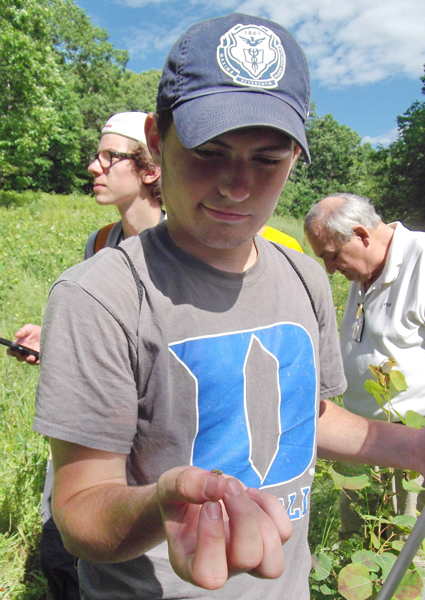
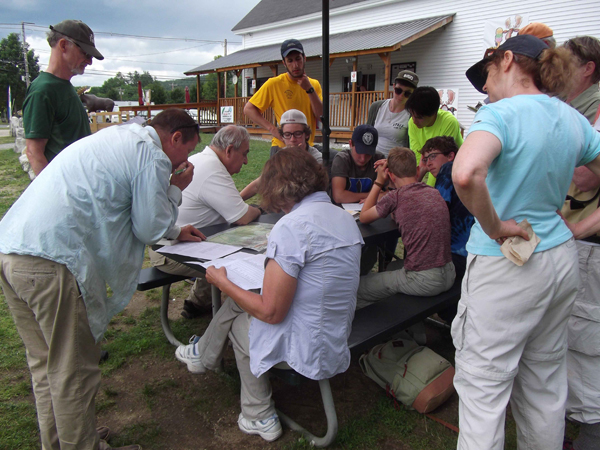
The annual New Hampshire Loon count is in its 35th year. We have participated in all of them. On the 3rd Saturday in July between 8 and 9 in the morning, hundreds of volunteers are out on almost every lake in the state looking for loons and recording the numbers that are seen. As usual, we covered both Upper and Lower Baker Ponds. We spotted 2 loons on Upper Baker and none on Lower Baker. While this was disappointing, from a scientific standpoint, a count of “0” is just as important as a count of “10”. For most of the summer, we have had 1 or 2 on our lake, but they weren’t there during the crucial hour, so, we don’t count them.
